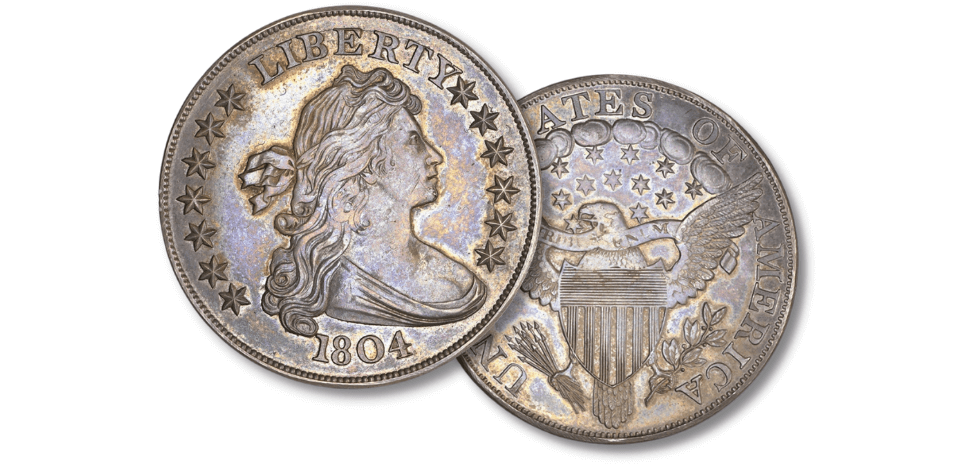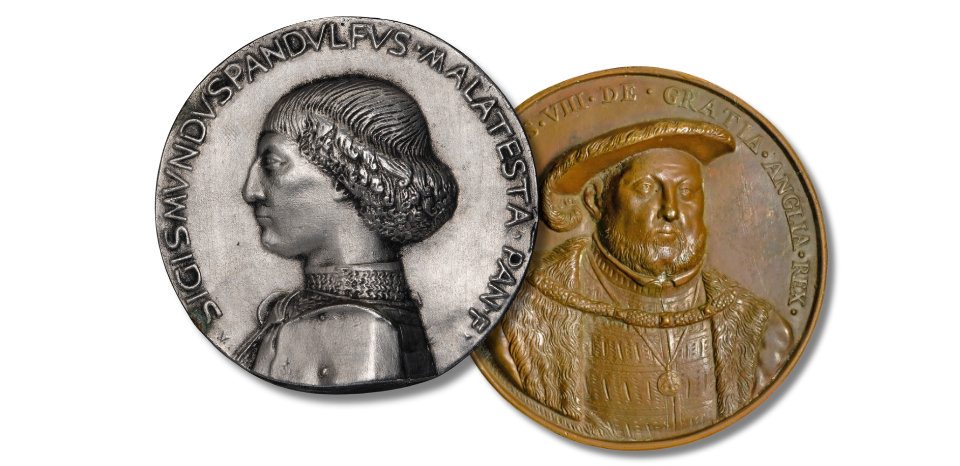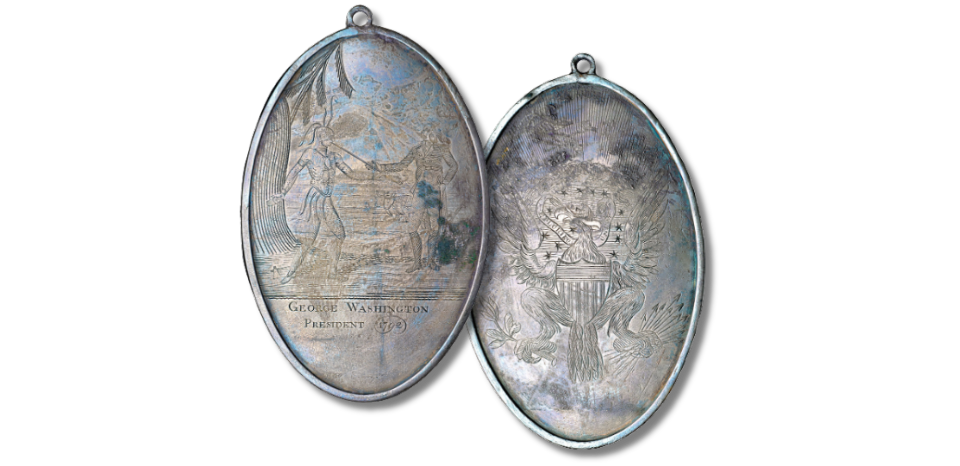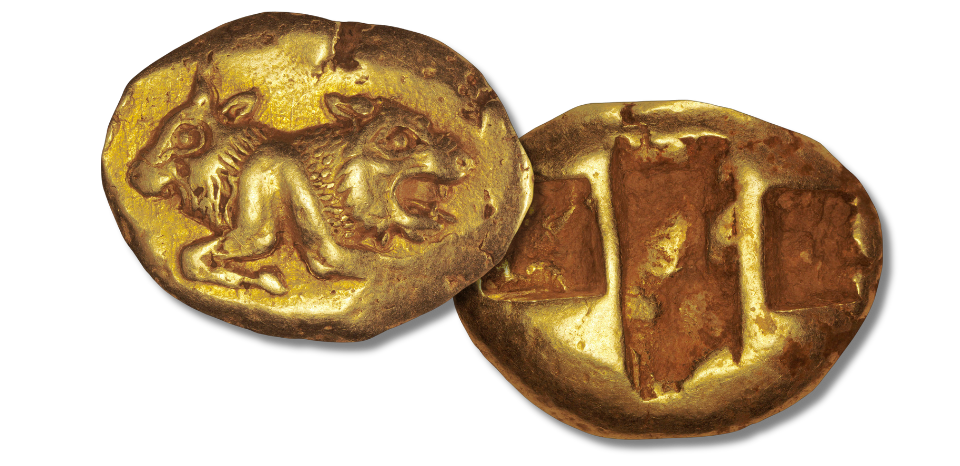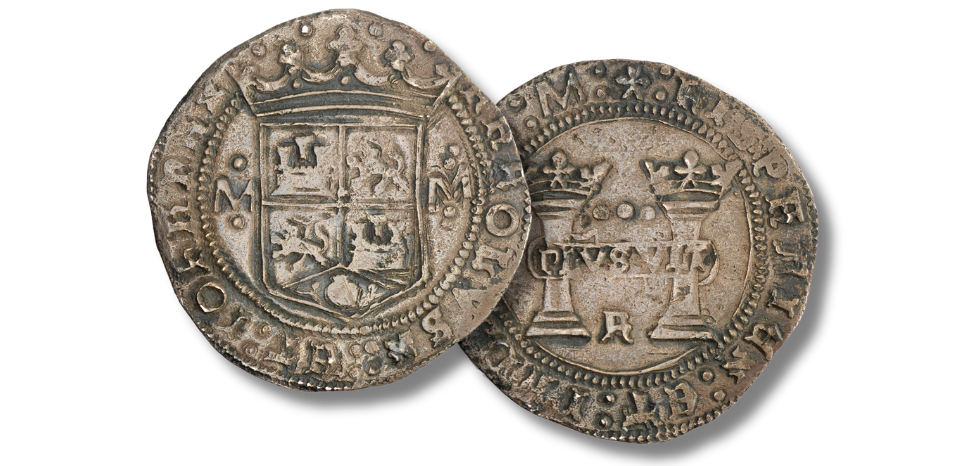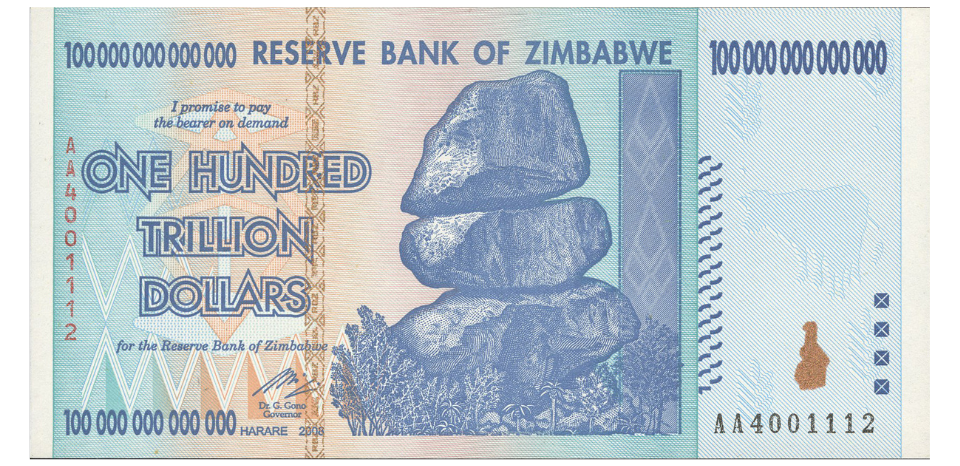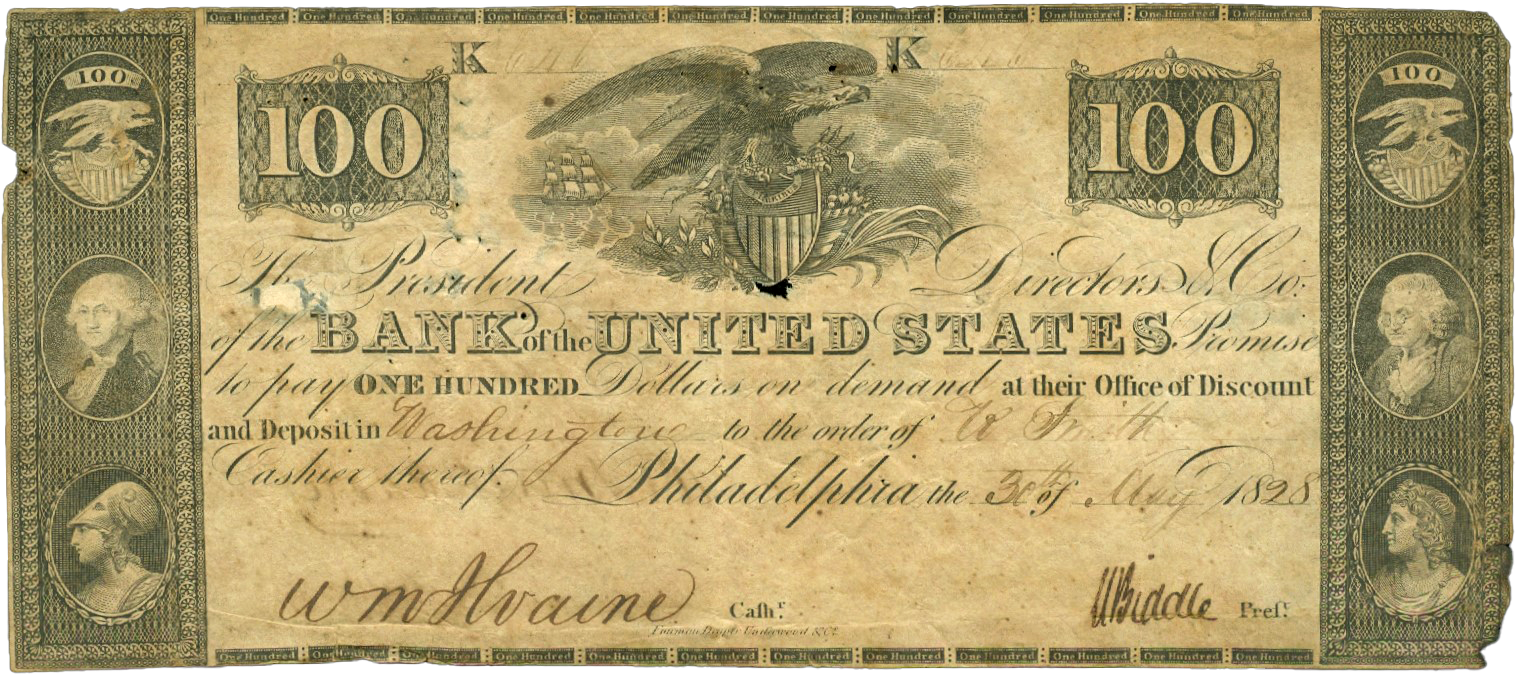Money Museum Showcase Highlights
Show attendees have the opportunity to see some of the world’s most beautiful and valuable coins, paper money and related numismatic treasures not seen anywhere else.
The Museum Showcase features rare and historic items from the ANA’s Edward C. Rochette Money Museum and items generously lent to the ANA from private collections.
The King of U.S. Coins
The 1804 silver dollar is among the most coveted of all U.S. rare coins, with only 15 known examples. Strangely, no dollars dated 1804 were actually struck in that year. The United States Mint struck only dollars dated 1803 in 1804, and then ceased regular production of silver dollars until 1840.
Medals of the Renaissance
The Renaissance was a period of cultural revival in Europe from the late 14th to early 17th centuries. This era of flourishing creativity gave birth to an important part of numismatics: the modern portrait medal. This exhibit features a selection of these impressive medals.
The Nickel That Never Was
The story of the 1913 Liberty Head nickel begins with a mystery — no one is sure how or why the five known pieces were produced. Over the years, the “fab five” have become some of the world’s most valuable coins and have consistently been among the price leaders in the numismatic market.
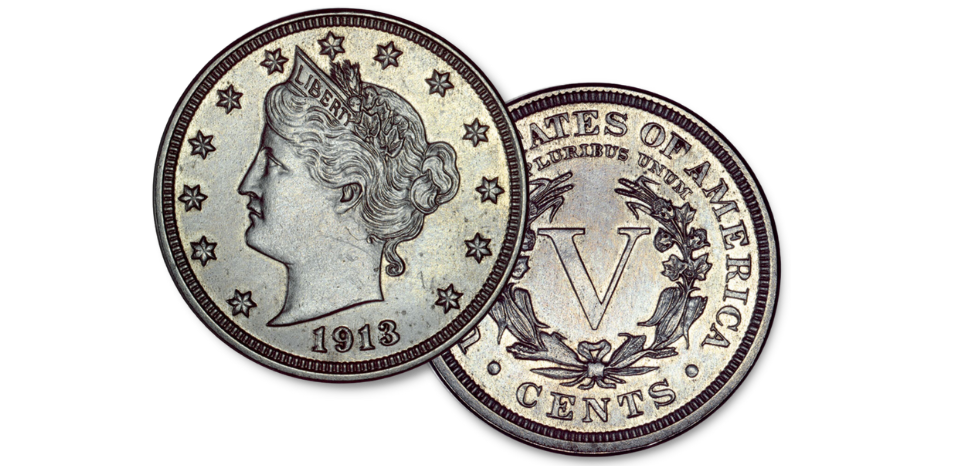
1792 Engraved Washington Indian Peace Medal
The smallest of the three Washington medal sizes, these were typically given to less important leaders and warriors. As with all Washington Indian Peace medals, they were highly valued by their recipients. Around twenty small-size 1792 medals remain, with only about seven recorded.
Electrum Coins of Asia Minor
The earliest coins were made of a material known as electrum, an alloy of gold and silver. Starting with plain-faced obverses in the mid to late 7th century B.C. and struck with a simple reverse punch, ancient electrum coinage evolved into coins with extraordinarily imaginative designs. This exhibit displays a series of spectacular coins illustrating the developmental path from simplicity to miniature masterpieces, courtesy of John Nebel.
First Coins of Mexico
After Hernán Cortés’s conquest of Mexico in 1521, the region became a major source of wealth and, in 1536, the site of the New World’s first mint. To support colonial trade and reduce reliance on Spanish mints, coin production began in Mexico City in 1535. The first coins, issued under Charles I (also known as Charles V) and his mother, Juana, were notable for their artistry. This exhibit features an array of early Mexican coins struck from 1536 through 1572, including a rare 3-real coin.
Zimbabwe has endured the worst recent case of hyperinflation. At its height from 2008 to 2009, Zimbabwe’s hyperinflation was estimated at 79.6 billion percent per month. This exhibit uses paper currency to document the history of this ongoing national disaster.
Bank of the United States Notes
Highlights from a recent donation to the Edward C. Rochette Money Museum by ANA Life Members John & Nancy Wilson of Bank of the United States obsolete banknotes and checks. This extensive collection includes checks signed by President Andrew Jackson and General Winfield Scott.
